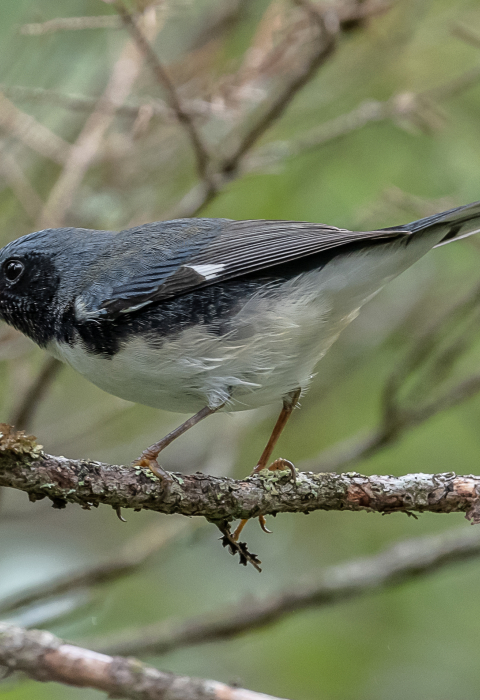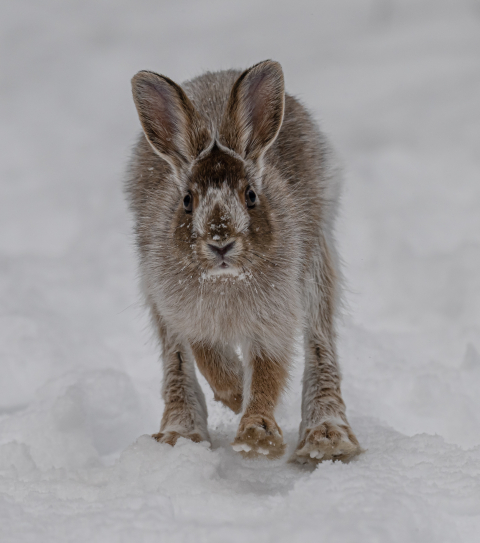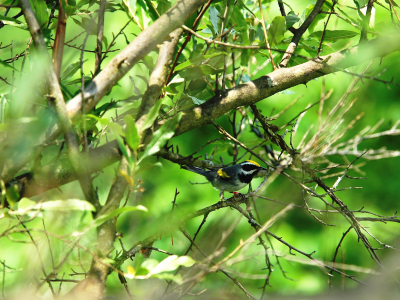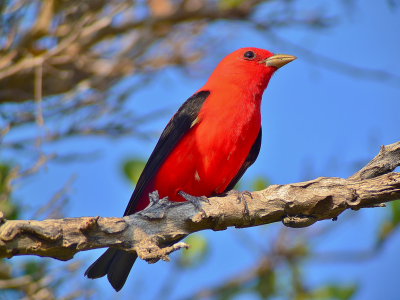Unless we help nature out by using science-based habitat management practices to create more young forest and shrubland, many wild creatures will rarely be seen or heard. Canada lynx numbers might never rebound from their current low levels – and the same holds true for their major prey species, the snowshoe hare.
The New England cottontail and Appalachian cottontail could end up on the U.S. Fish and Wildlife Service’s Endangered Species List – or maybe even go extinct. The Northeast would become even more dominated by middle-aged and older forest, affording fewer habitat options for the many kinds of wildlife that need lower, thicker growth.
Where are the Birds?
When they venture into a forested tract, landowners and nature lovers sometimes find themselves asking “Why don’t I see my favorite songbirds anymore – indigo buntings, brown thrashers, eastern kingbirds, American redstarts, chestnut-sided warblers?”
Those birds don't live in mature woods, and they’ve been getting rarer throughout the Northeast. States in the region consider more than 35 kinds of birds to be “Species of Greatest Conservation Need” because their numbers have been falling.
Other Animals Need Diverse Woodlands, Too
Other animals need young forest, too. Along with rare and declining wildlife, more-abundant animals thrive in this habitat, too, seeking it out for food, shelter, nesting, or rearing young, including wild turkeys, black bears, and white-tailed deer. Deep-woods birds like warblers, thrushes, and tanagers feed on fruits and insects to build up strength before migrating south in autumn. The dense cover of young forest and shrubland also offers food and protective shelter where birds can stop and rest during fall and spring migrations.
Making sure our forests include trees of varying ages (young, middle-aged, and older growth), plus a mix of different kinds of trees, helps safeguard forest health while benefiting the greatest numbers and varieties of wildlife.






